Table of Contents
What is the full form of LASER?
LASER full form: LASER stands for Light Amplification by Stimulated Emission of Radiation. It is an optical device that produces a powerful beam of light through the process of stimulated emission. The intensity of the beam is much greater than regular light, and its properties are used in many scientific and practical applications.
Laser light is focused on a very small spot and its intensity allows it to make precise cuts, weld metal, and other materials, and even transmit information through optical fibers. Lasers are also used for medical treatments, such as laser surgery, and entertainment, such as laser light shows.
The history of LASER:
Laser stands for Light Amplification by Stimulated Emission of Radiation. It was first proposed by Albert Einstein in 1917, but the first working laser was not built until 1960 by Theodore Maiman at Hughes Research Laboratories.
The first laser used a solid-state ruby crystal as its lasing medium. The laser was powered by a flash lamp and emitted a single pulse of red light with a wavelength of 694.3nm.
This breakthrough allowed scientists to begin experimenting with lasers and their potential applications. The invention of the laser revolutionized the fields of optics and communications.
Lasers were used to create higher-quality images, increase the accuracy of measurements, and enable more efficient communications. They were also used to cut materials with unprecedented accuracy and speed. In the mid-1970s, researchers began to experiment with the use of lasers in medical treatments.
Lasers were used to treat a variety of conditions, such as cataracts, glaucoma, and skin disorders. The invention of the laser allowed for the development of laser surgery, which today is used to treat a variety of conditions.
The use of lasers has since expanded to many other fields, including manufacturing, telecommunications, and entertainment. Lasers are now used to create holograms, record and playback audio, and video, and even scan barcodes. Today, lasers are used in a wide variety of applications and continue to revolutionize the way we live and work.
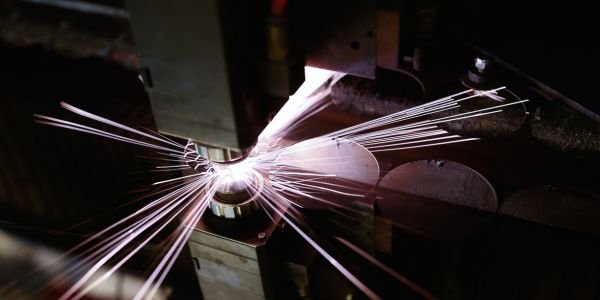
The working principles of LASER:
A laser is a device that emits light through a process of optical amplification based on the stimulated emission of electromagnetic radiation. The term “laser” originated as an acronym for “Light Amplification by Stimulated Emission of Radiation”.
At the heart of a laser is a gain medium, which is a material that amplifies light by the process of stimulated emission. A typical gain medium consists of a number of atoms or molecules excited to a higher energy level, or “population inversion”.
This population inversion is achieved by pumping energy into the gain medium, typically in the form of an electrical current or light. When the excited atoms or molecules in the gain medium emit light, the light is amplified because it is being emitted in a particular direction.
The light emitted from the gain medium is then directed through an optical cavity, which consists of two or more mirrors facing each other. The mirrors reflect the light back and forth between them, amplifying the light further with each pass. This process is known as “optical resonance”. The light exiting the cavity is then focused into a single beam by a lens, and the beam is then directed outward.
The beam is usually very narrow, allowing it to travel long distances without diverging significantly. Lasers have a wide variety of uses, such as cutting and welding materials, measuring distances, and providing precision targeting in military applications. They are also used in medical applications, such as eye surgery and laser therapy.
Types of LASER:
There are many different types of lasers, depending on the application they are used for. Common types of lasers include diode lasers, semiconductor lasers, solid-state lasers, gas lasers, dye lasers, and excimer lasers.
Diode lasers are the most commonly used type of laser and are used in a variety of applications, including optical disc systems, laser printers, and barcode scanners. They are relatively inexpensive and easy to produce, making them the most popular type of laser.
Semiconductor lasers are similar to diode lasers but are more powerful and efficient. They are used in laser pointers, laser cutting, and laser engraving.
Solid-state lasers are usually made up of a lasing medium, a reflector, and an optical cavity. They are used in medicine and laser shows.
Gas lasers use gas as their lasing medium, and are the most powerful type of laser. Common gases used are helium and nitrogen, and they are used in laser cutting and welding, laser spectroscopy, and laser displays
Dye lasers use a solution of a dye as their lasing medium, and are used in laser printing, laser marking, and spectroscopy.
Excimer lasers use a gas mixture of a rare gas and an inert gas as their lasing medium and are used in laser surgery and laser cutting. They are very powerful and are the most expensive type of laser.
The properties of LASER:
LASER stands for Light Amplification by Stimulated Emission of Radiation and is a type of light source that is highly directional, monochromatic, and coherent. A laser consists of an amplifying medium, typically a solid-state material, such as a crystal or a gas, that is held inside a cavity.
The amplifying medium is pumped by an external source of energy, such as an electric current or a flash of light, which causes it to emit photons. These photons then interact with the amplifying medium and are stimulated to emit additional photons in the same direction, amplifying the initial beam of light.
The light emitted by a laser is highly directional, meaning that it is focused into a tight beam, which makes it ideal for a variety of applications, such as laser cutting and welding.
The beam is also monochromatic, meaning that it contains one single wavelength of light, and it is coherent, meaning that the light waves are all in phase with each other, resulting in a more powerful beam.
The intense light emitted by lasers makes them useful for many industrial applications, such as cutting and welding metals, as well as for medical and scientific purposes, such as scanning, imaging, and measuring. Lasers are also used in laser printers, laser pointers, and laser levels.
The Application of LASER:
Laser technology is used in a wide variety of applications in various industries, from medical to industrial. In the medical field, lasers are used for a variety of purposes, from diagnostics and treatments to cosmetic procedures and surgery.
Laser surgery is a minimally invasive procedure that uses intense light to cut, vaporize, and coagulate tissue. It can be used to correct vision problems, remove tumors, and treat skin conditions. In the industrial field, lasers are used for welding, cutting, marking, and engraving materials, as well as measuring, drilling, and inspecting components.
Lasers are also used in metal cutting, printing, and 3D printing applications. In the automotive industry, lasers are used for cutting, welding, and forming automotive parts. Lasers are also used in security and surveillance systems, as well as in telecommunications, entertainment, and research.
Lasers are used in scientific research, such as spectroscopy and microscopy. Lasers are also used in the manufacturing of semiconductor materials and devices, as well as in military applications.
The Advantages of LASER:
LASER stands for Light Amplification by Stimulated Emission of Radiation. It is a device that emits highly concentrated, monochromatic light beams and is used in a wide range of applications. The advantages of using a LASER are numerous.
First, LASERs are highly accurate and precise. The concentrated, monochromatic light beams can be directed to a specific point with great accuracy and precision, making them ideal for tasks that require exact measurements. This is especially beneficial in medical applications, such as laser surgery, where precision is essential.
Second, LASERs are very efficient. They can be used to perform tasks quickly and with minimal energy consumption. This makes them ideal for many applications, such as cutting and welding, where speed is important. Third, lasers can be used in a wide variety of applications.
They can be used for cutting and welding, as well as for engraving and marking. They are also used in medical applications such as laser surgery and laser eye surgery. In addition, LASERs are used in the entertainment industry for special effects and in surveying for surveying and mapping.
The LASERs are relatively safe to use, as the light beams are highly concentrated and monochromatic. This makes them safer than other sources of light, such as ultraviolet rays or X-rays, which can be dangerous to humans.
The disadvantages of LASER:
LASER (Light Amplification by Stimulated Emission of Radiation) has many advantages, but it also has a few disadvantages.
First, the laser is expensive to develop and maintain. Lasers require sophisticated and costly equipment, and their components must be regularly maintained and replaced.
Second, laser beams can be dangerous. Laser beams can cause eye damage, and therefore precautions must be taken when using them. Also, the laser beam can cause fires or explosions if directed at flammable or combustible materials.
Third, lasers can be difficult to control and direct accurately. Laser beams can be easily scattered or diffused, and therefore, require precise alignment and aiming to achieve the desired results.
Fourth, lasers can be difficult to focus on. Laser beams must be focused on a very small area to achieve the desired results. This requires highly accurate optics, which can be difficult and expensive to produce.
So Lasers have limited applications. Lasers are not suitable for all applications, and therefore, their use is limited. In addition, some applications require very specific wavelengths of light, which may not be available from lasers.
Also, read Omtech Laser – Uses, Materials, Laser Engraving Applications

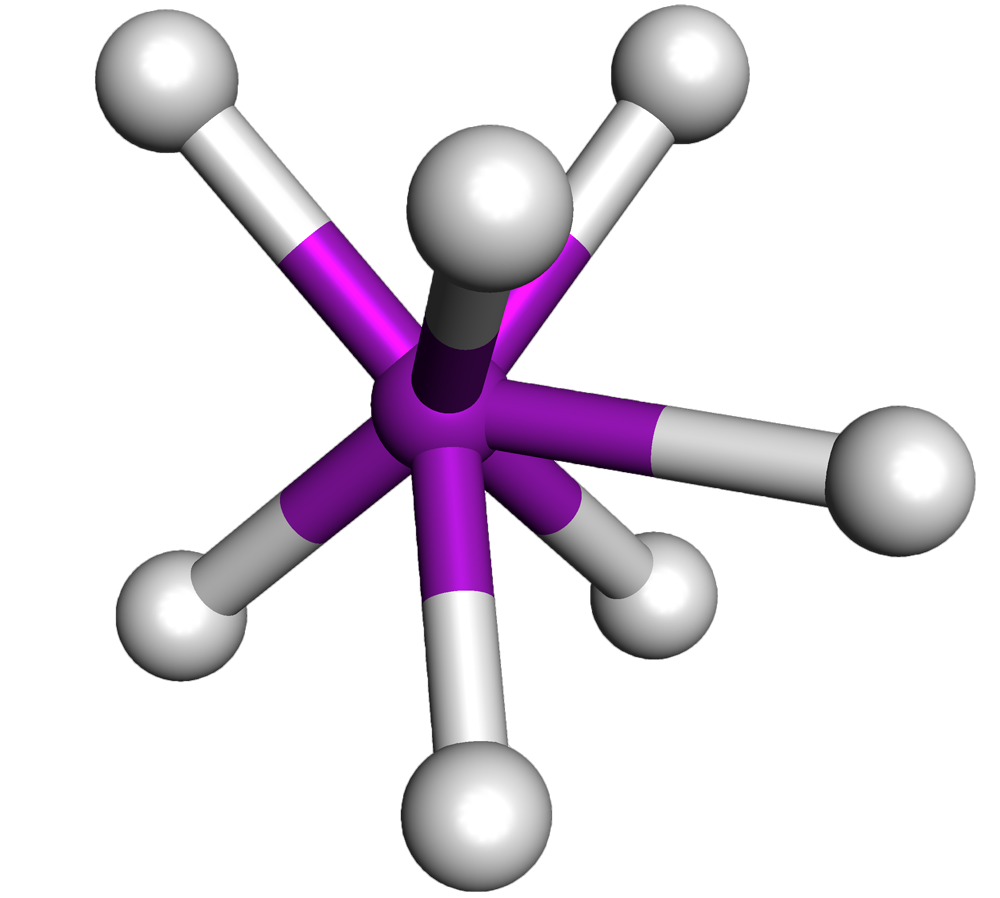
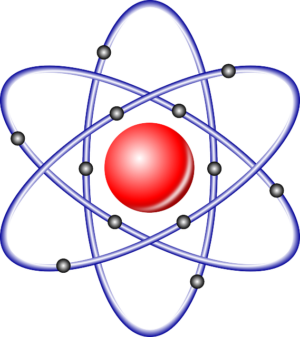








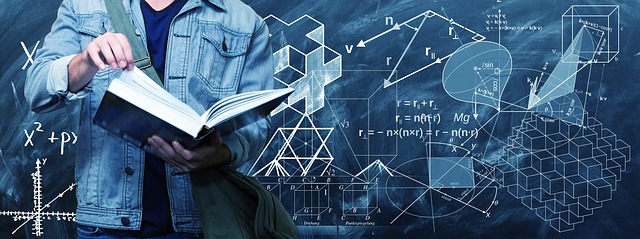





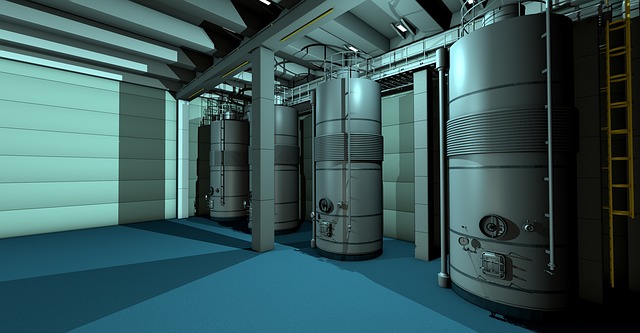
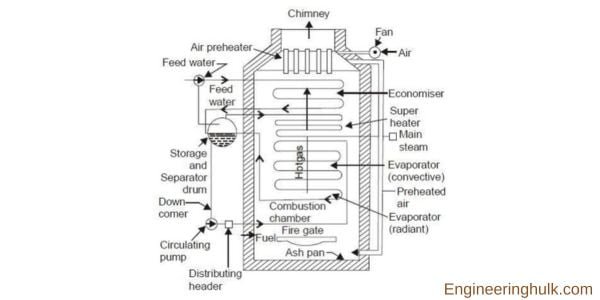



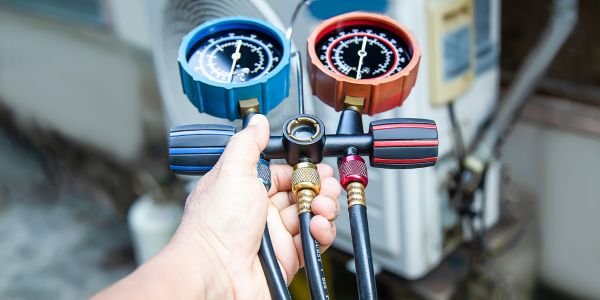
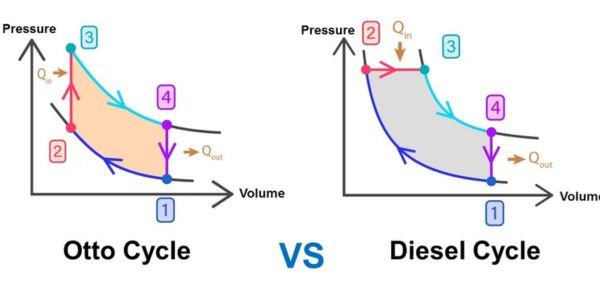


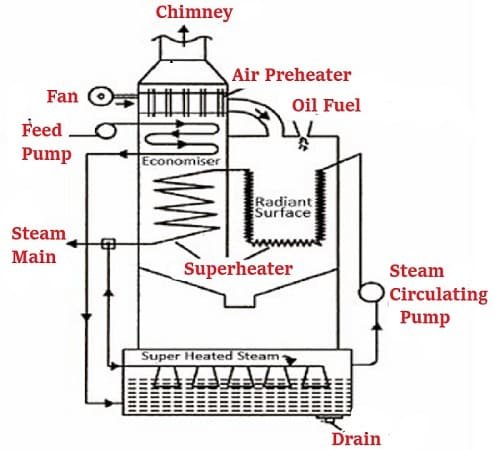
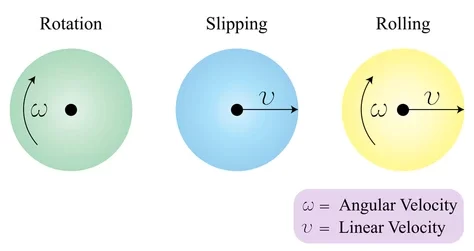

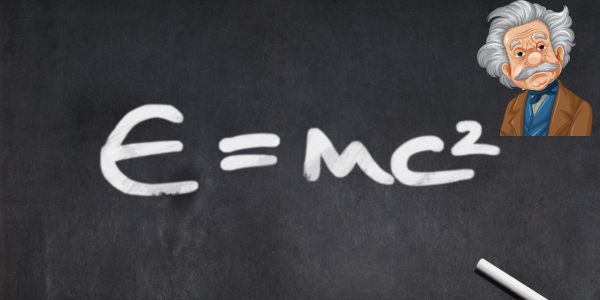
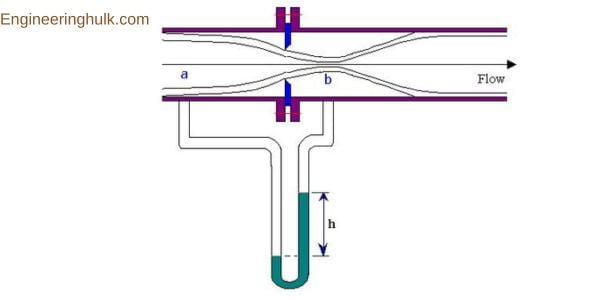

Comment on “LASER full form – Light Amplification by Stimulated Emission of Radiation”
Comments are closed.